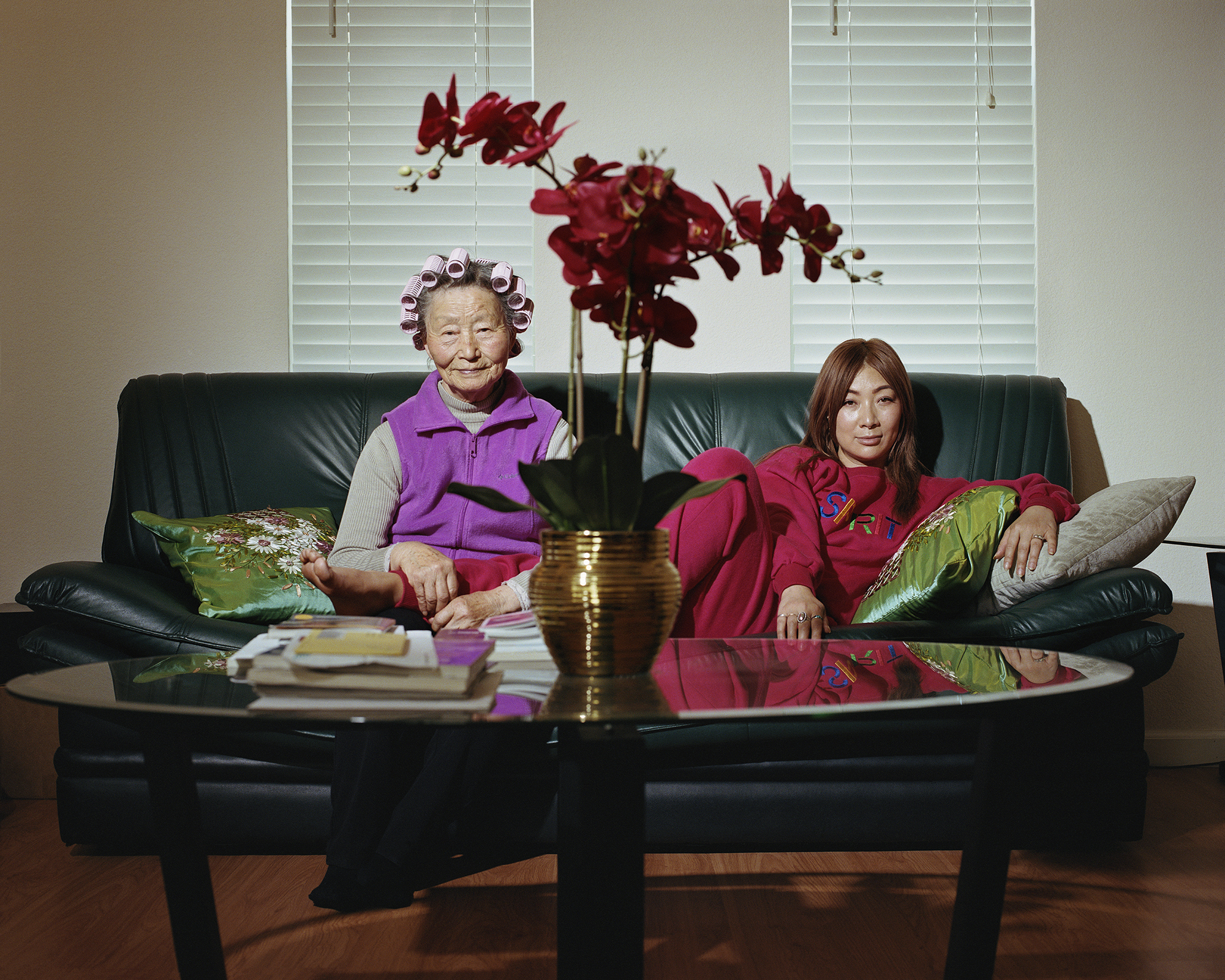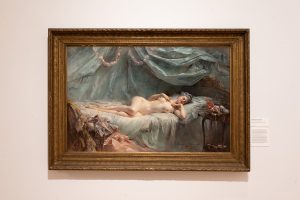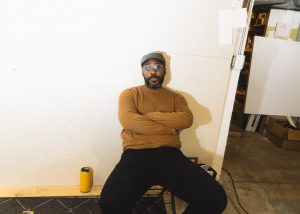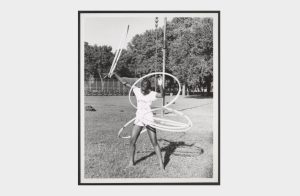Light dazzles. It tricks, it confounds. A turn of the light. One blinks, returns to the image, and clears their eyes. In Jarod Lew’s first solo museum exhibition at the University of Michigan Museum of Art (UMMA), light, as proxy for knowledge, is showcased in all of its resplendent forms. Sun drenched and dappled, golden light becomes coins of bokeh in the exhibited photographs. Yet, equally as light reveals, it obfuscates—through the occasional shimmer, a well-placed lens flare.
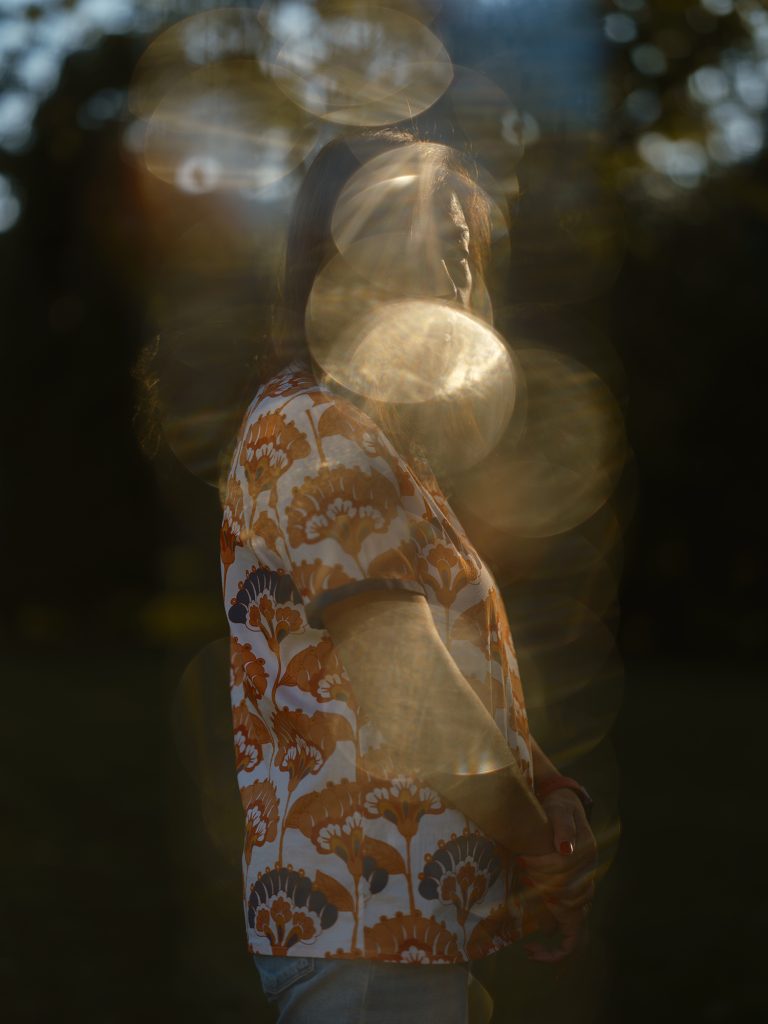
Primarily featuring photographs of Lew’s family, friends, and collaborators across four bodies of work, Strange You Never Knew (2025), curated by UMMA Interim Chief Curator Jennifer Friess, explores individual and intergenerational questions of knowledge and the limits of it through one facet of Asian American diasporic identity. Equally so, the exhibition poses deep queries about love and belonging through a complex, refracting prism of family.
Lew’s mother is the reluctant subject of many photographs. When the artist was twenty-five, through an accidental text sent by a cousin, he discovered his mother was once engaged to Vincent Chin (1955-1982), a Chinese American man murdered in Highland Park, Michigan.
The murder took place during mass lay-offs of American automotive workers, as car manufacturers outsourced labor and production to Japanese companies, inflaming anti-Asian rhetoric and xenophobia. It’s also unsurprising the crime took place in metro Detroit, the once thrumming engine of the American auto industry. Simultaneously local and national, Chin’s murder made visible a predicament of Asian American identity in the United States—the invisible ‘model minority’ triangulated between ‘White’ and ‘Black.’
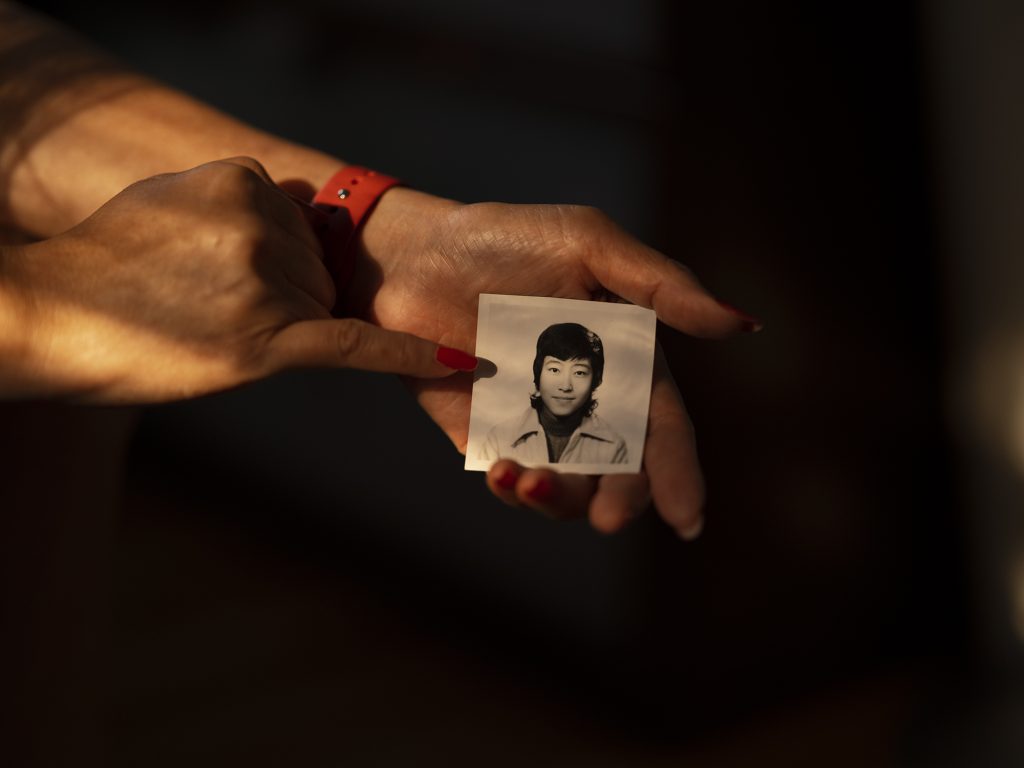
In Untitled (Picture of Mom) (2021), a manicured hand, presumably of Lew’s mother, points at a black and white portrait of a younger woman—at once, herself and not. Perhaps a passport picture, the woman in the photograph looks squarely at the camera, optimistic and frozen in time. One can only speculate, is this before or after ‘the incident?’ Indeed, it’s strange you never know.
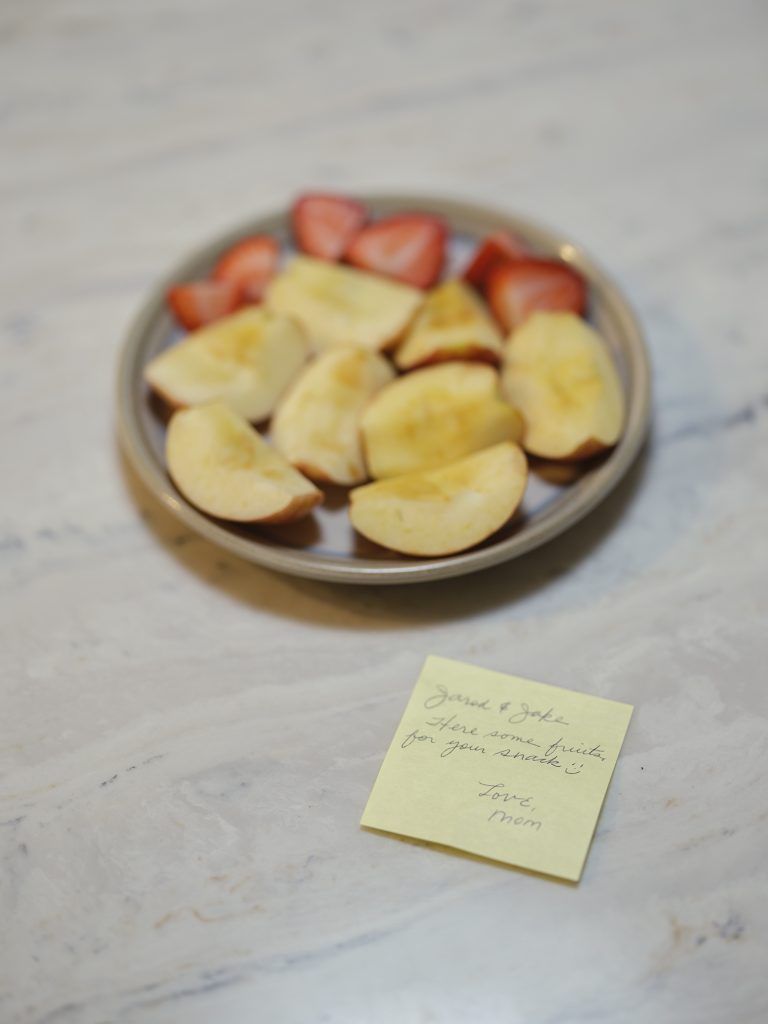

In Untitled (Snack) (2021), cut fruit accompanies a yellow Post-it note, a trace of Lew’s mother’s presence. Noticeably, she is never fully frontally photographed in the present day. In contrast to hazy, diaphanous images of his mother, Lew’s series “Please Take Off Your Shoes” (2024) features second-generation Asian Americans professionally lit and staged beneath studio lighting in their family homes. Encountering these images of other Asian Americans in intimate interior space, I found myself looking for traces of recognition. Could I see my own experience reflected back to me in a plate of precisely cut fruit? Even so, what might that mean?
In Abu and Anna (2023) a grandmother and granddaughter sit on a faux leather couch, bisected by a vase of flowering orchids. The figures are at ease with one another, and while the image could be divided in two following the arcing stems, it’s not. Peering into Lew’s images of interior space, sometimes compact, other times decadent, there’s little that feels materially or essentially ‘Asian American.’ Indeed, diasporic subjectivity, nor the mutable, complex strata of identity, can be located in a stuffed animal, stinky lunch, or decor. Instead, the series foregrounds Asian American individuals as such, moving between intergenerational histories, present space, and unseen futures.
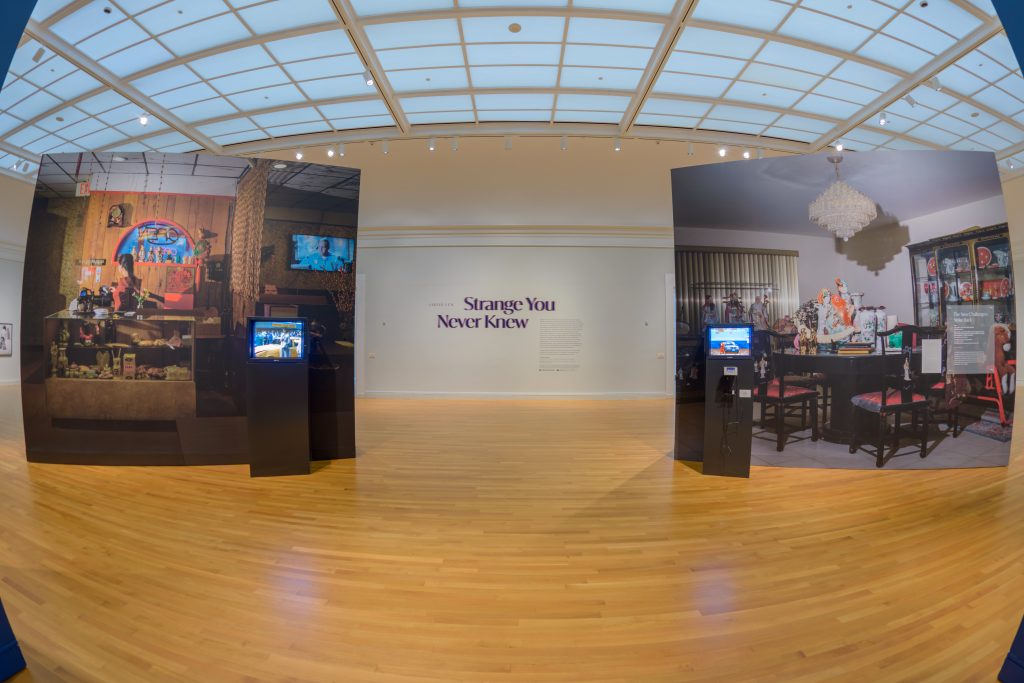
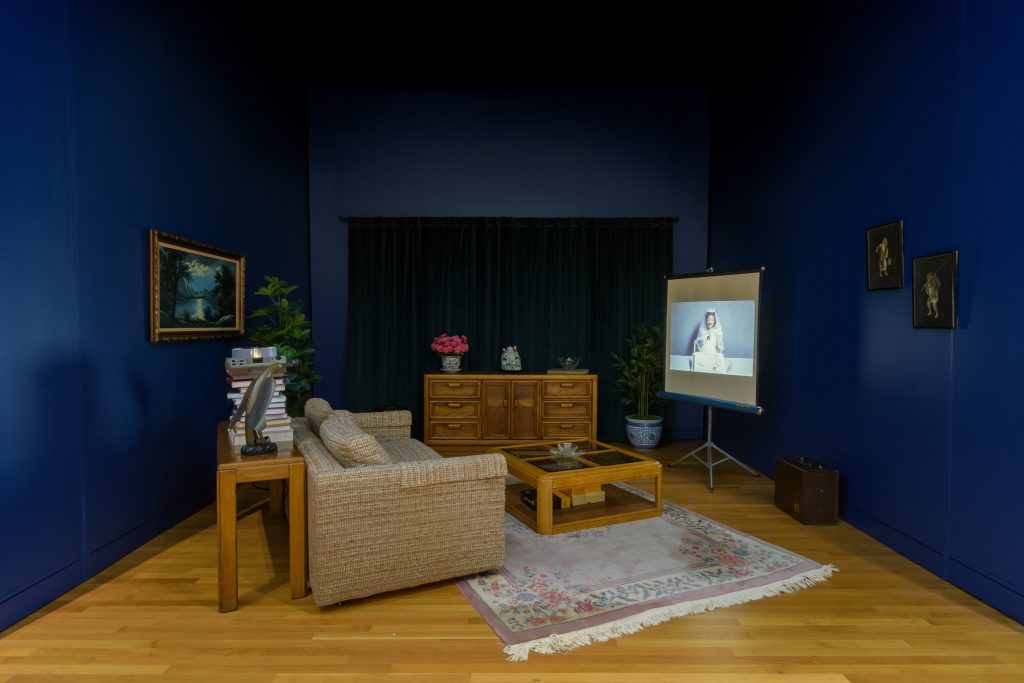
In two installations, Lew addresses photography’s medium-specific history of critical documentation, extractive capture, and agentive image production. In the video work The New Challengers Strike Back (2024), visitors play an altered level of the popular 1990s video game Super Street Fighter II: The New Challengers, where they have forty seconds to destroy a Toyota Celsior. Beside the monitor, Detroit news footage from the early 1980s shows a fundraiser inviting the public to smash a 1978 Toyota, a barely concealed retaliation against all things Asian. Like watching the repeating footage, the game’s altered controls only enable one outcome—bearing witness to a paralytic loop of violence. The installation offers an effective access point to casual racism against Asian products and goods, cutting through the pixelated fuzz of ‘distant history’ and nostalgia.
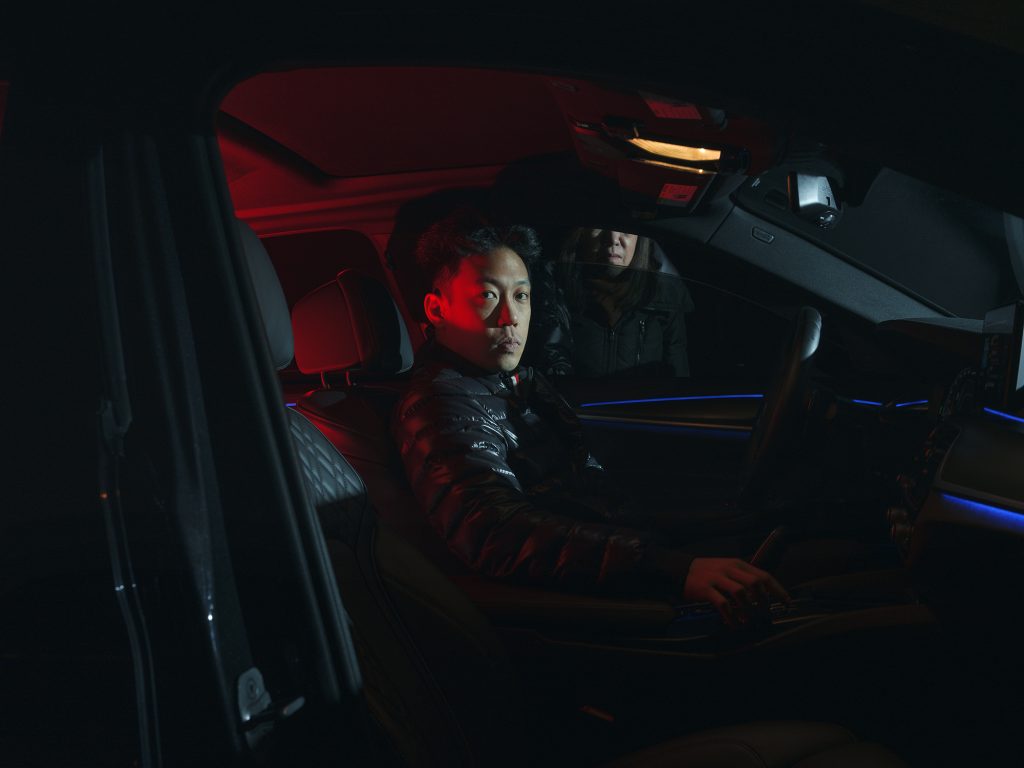
In a final image, Untitled (Mom and Jake) (2023), Lew’s younger brother sits in a shadowy car at night, hand on the wheel, back-lit in a crimson glow. The image is shot from the opposite car door, while Lew’s mother observes outside the window. In still agreeing to be photographed by Jarod, Lew’s mother establishes a kind of slant to being seen on her own terms. From Jarod’s role as son, brother, friend and photographer, love perhaps is not only ‘revealing’ from the other side of the lens, but equally obscuring on behalf of another—with space for fugitivity and movement. Instead, maybe three people, only partially illuminated in a dark car, can say enough.
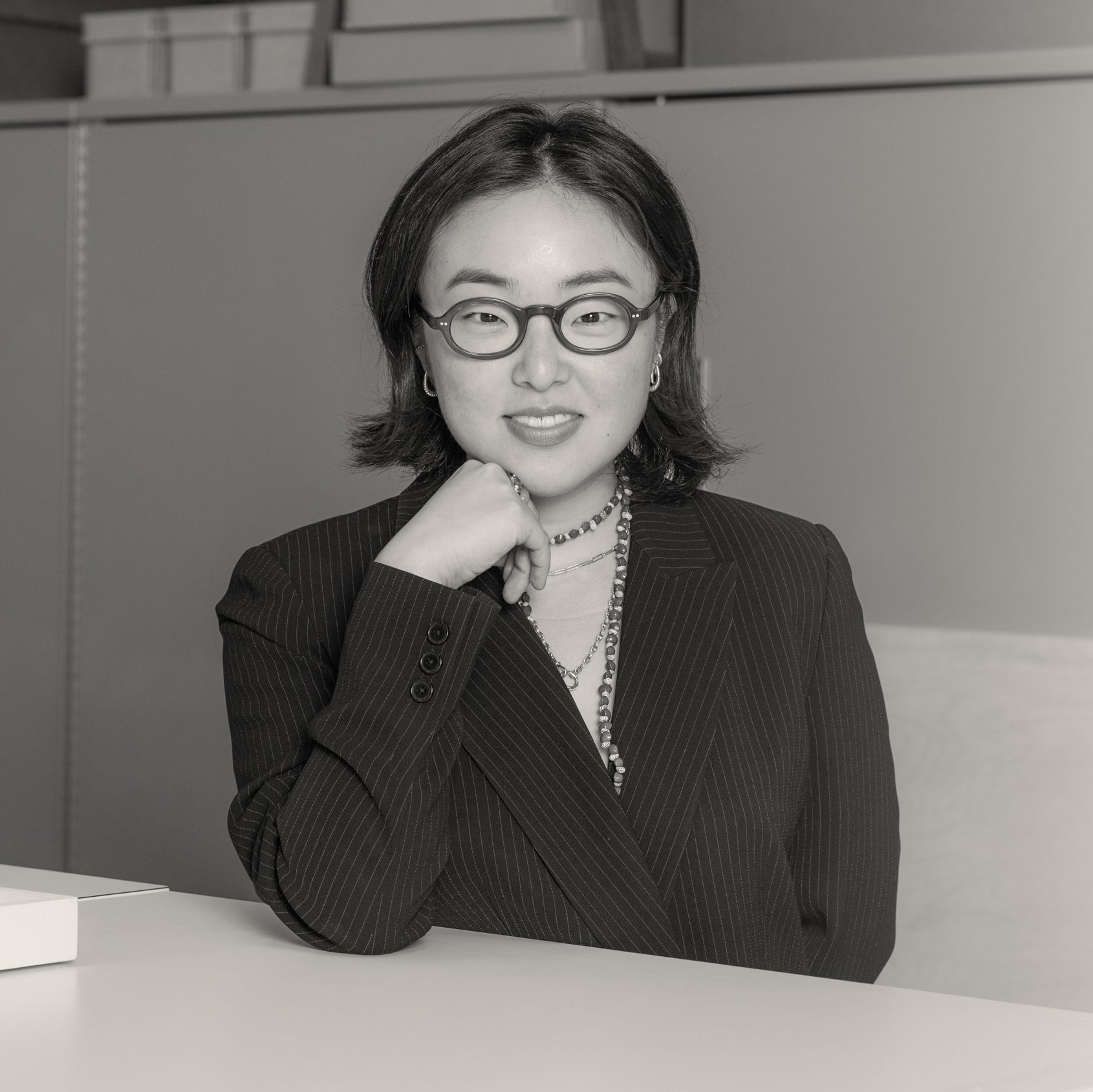
About the Author: Katy Kim (she/her) is the Jeanne and Ralph Graham Curatorial Fellow at Cranbrook Art Museum in Metro Detroit. Her previous work experiences include the Block Museum of Art, Christie’s, and Gagosian. She received her MA in Art History from the Courtauld Institute of Art and holds a BA in Art History from Northwestern University. Currently based in Michigan, she meanders. Her writing appears in The Brooklyn Rail.
